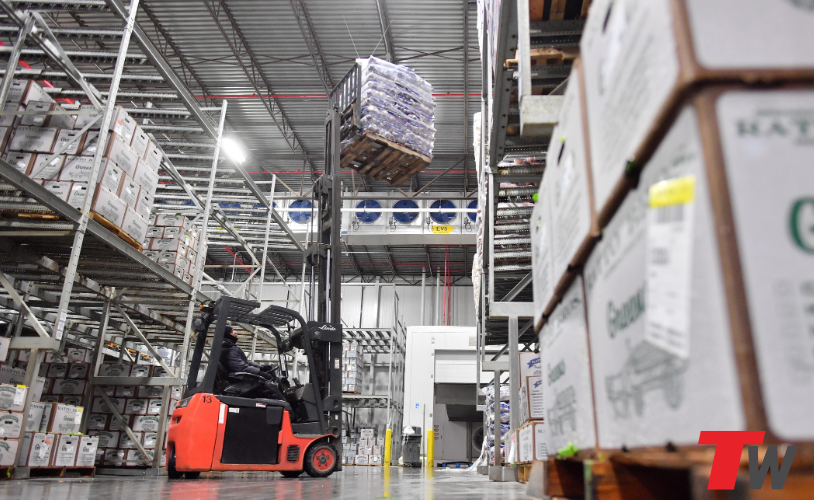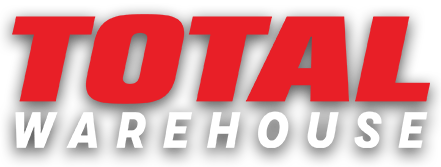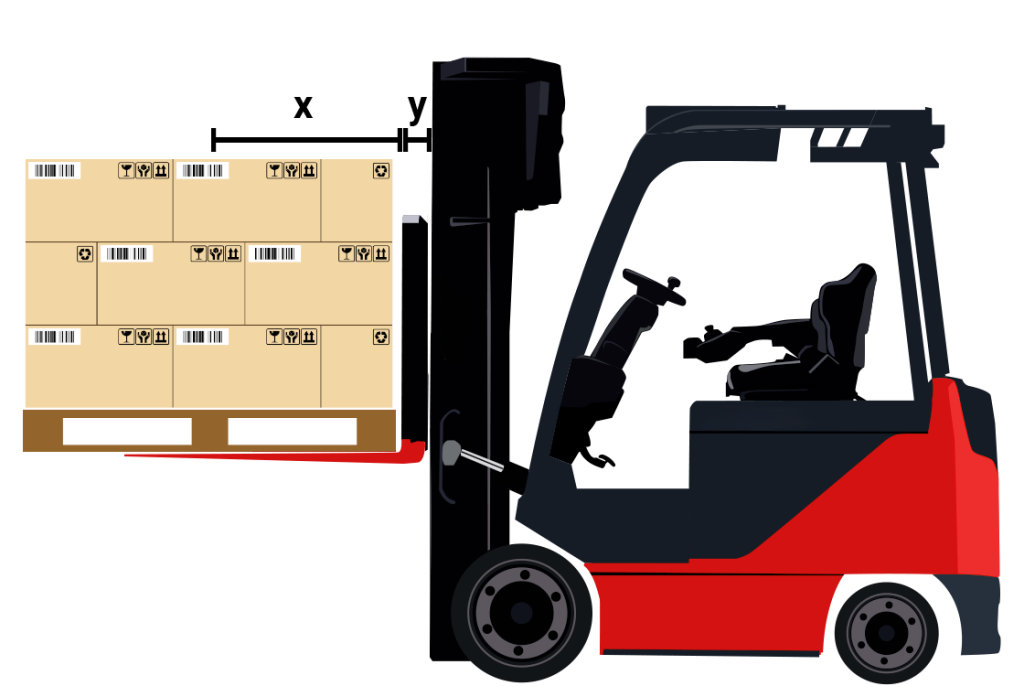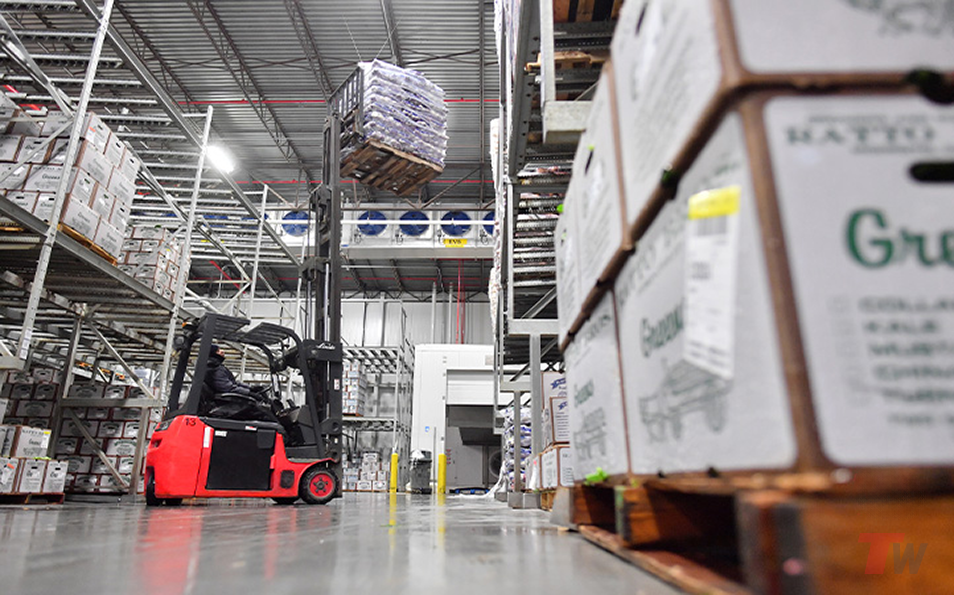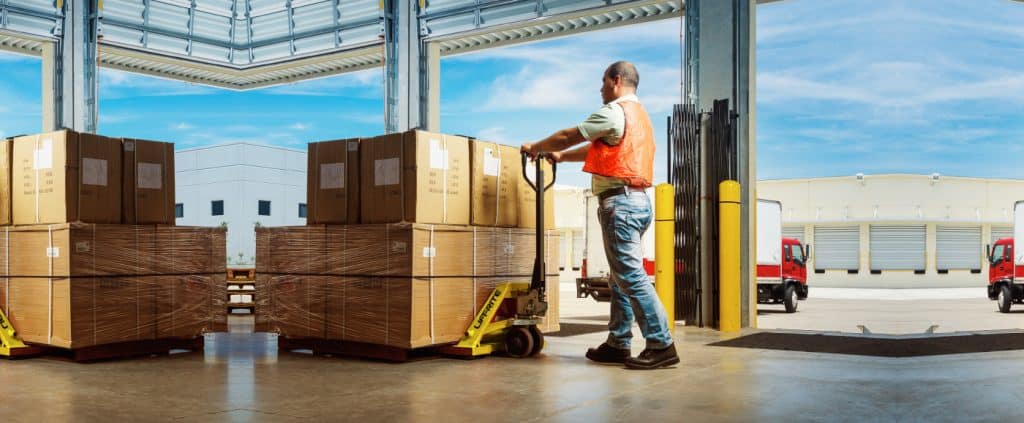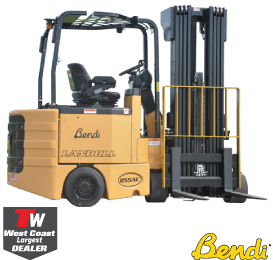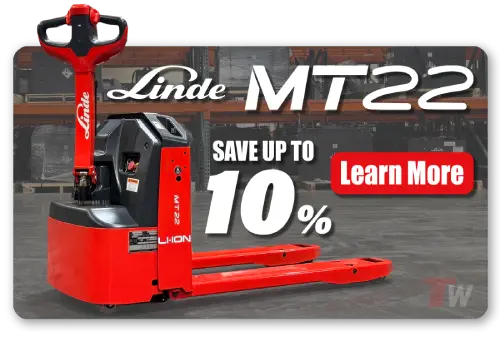Determine the Right Capacity for Your Operational Needs
If you’re uncertain about the forklift capacity needed for your operations, contact the experts at Total Warehouse and prepare to answer these 4 questions.
- How heavy is your general load?
- What is the maximum height your load needs to be lifted to?
- How wide is your largest possible load?
- Will you require any attachments?
X = Load Center
Y = Effective Thickness
Forklift Load Center and Capacity Calculations
Forklift Load Center: Measure the length of the load you’re lifting and divide that number by 2. Ex. If lifting a pallet that’s 48 inches long, load center would be 24 inches from face of forks.
Forklift Lifting Capacity: Rated load center ÷ Actual load center x Rated capacity of Lift
Revised Capacity: (Truck capacity x Load center) / (New load center)
New Capacity: Base capacity x (Base LC ÷ New load center)
Forklift Derated Calculator
| Forklift Derate Calculator | |
|---|---|
| Rated Load Center (in.) |
The original horizontal load center that is rated for your forklift.
|
| New Load Center (in.) |
This is typically the length from the mast to the center of the new load.
|
| Rated Capacity (lbs) |
The rated capacity for the height you are lifting the load to.
|
| Derated Capacity | 0.00 lbs |
Rated Load Center: This is the forklift’s rated horizontal load center, as specified on the forklift’s data card.
New Load Center: The new horizontal load center, calculated by adding the effective thickness of any attachments to the original load center. It represents the distance from the mast to the center of the new load.
Rated Capacity: The lifting capacity at a given height, noted on data plate. Adjust by subtracting any added attachment weight not included in original capacity rating.
Example:
Rated Load Center: 32 in | New Load Center: 45 in | Rated Capacity: 3,000 lbs | DeRated Capacity: 2,133 lbs
Forklift Capacity and Load Center – Everything To Know
Forklift capacity and load center are important for safety, efficiency, and equipment longevity.
Safety: A forklift’s capacity and load center are important for safety because overloading a forklift can cause it to tip over, which can lead to injuries or fatalities.
Efficiency: A forklift that operates within its load capacity performs optimally, which ensures smooth and efficient handling of materials.
Equipment Longevity: Operating a forklift beyond its load capacity can cause excessive wear and tear on its components, leading to premature failure.
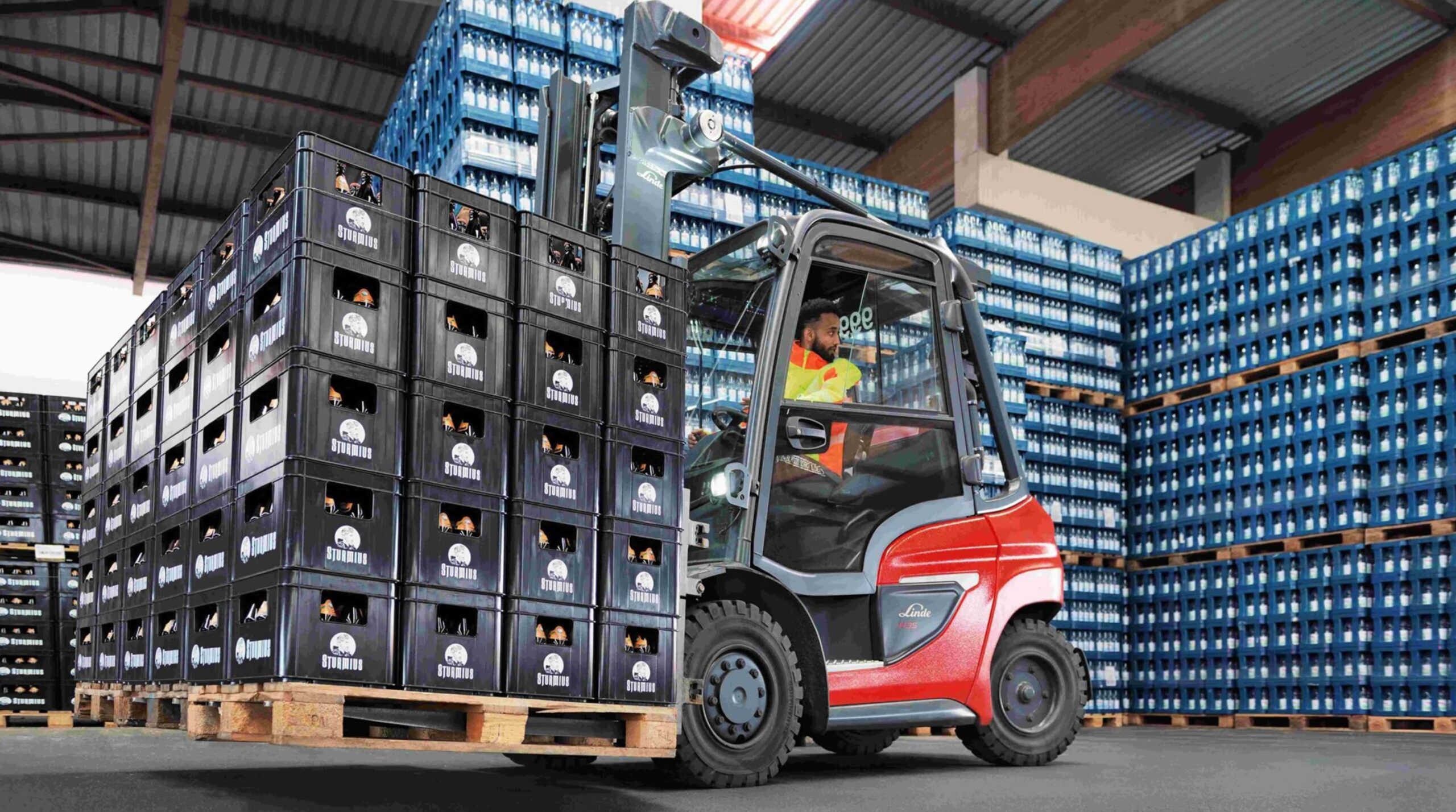
Forklift Load Center
The load center is the distance between the vertical part of the forks (the face) and the center of gravity of the load being carried. In most forklifts, this distance is typically rated at 24 inches.
Center of Gravity
The center of gravity refers to an imaginary point within an object where all of its weight is concentrated. This concept is crucial for maintaining balance and stability, especially when lifting heavy loads with a forklift. Understanding these concepts is essential for safe and efficient forklift operation, ensuring that the load is balanced and the equipment is used within its rated capacity.
Load Capacity
Load capacity refers to the maximum weight a forklift can safely lift and carry. This capacity is closely tied to the load center, the distance from the load’s center of gravity to the front face of the forks. It’s important to ensure that loads are centered when lifting to maximum height or carrying at maximum capacity to maintain stability and safety. The load capacity can vary based on several factors, including the use of attachments, the height to which the load is lifted, and the overall balance of the forklift.

Net Capacity
Net capacity, also known as payload capacity, takes into account additional elements that may impact the forklift’s lifting capabilities. This includes attachments, the style of the mast, and any other add-ons. The net capacity represents the actual weight a forklift can safely handle when these factors are considered. Understanding net capacity is crucial for ensuring that the forklift operates within its safe limits, preventing accidents and equipment damage.
Importance of Load Center
When operating a forklift, maintaining load stability is crucial for safe and efficient handling. A key factor in this is understanding the load center.
The Role of the Counterweight
In a loaded forklift, the counterweight plays a vital role in balancing the load on the forks. The counterweight must effectively offset the load to prevent tipping.
The Importance of Centering the Load – If the load is not properly centered, it can destabilize the forklift. This imbalance increases the risk of tipping, which can lead to serious injury or even death.
Forklift Weight Considerations – Did you know that forklifts typically weigh about three times their rated lift capacity? This significant weight helps ensure stability, but only when the load is correctly centered and balanced.
By understanding these principles, you can keep both your forklift and its load stable, ensuring a safer working environment.
Common FAQs
What is a forklift load center?
The forklift load center is the distance from the vertical face of the forks to the center of gravity of the load. Most forklifts use a 24-inch load center because that fits a standard 48-inch pallet. Picture picking up a box—if the weight is right in the middle, that’s your load center.
Why is the load center important for forklift safety?
The load center is key to preventing tip-overs. If your load center is too far out, your forklift loses stability and can go full drama with a tip-over. Always stay within the recommended load center—OSHA and physics will thank you!
How do you find the load center measurement on a forklift?
You’ll find the load center rating right on the forklift’s data plate. It’s usually based on carrying a square, evenly balanced load, measured from the fork face back to the load’s center of gravity.
Is the standard forklift load center always 24 inches?
Nope. 24 inches is common (fits a 48” pallet), but some forklifts are rated for other load centers, like 36 or 48 inches. Always check your data plate, because specialty forklifts play by different rules.
How does load center affect the lifting capacity of a forklift?
The farther out the load center, the less your forklift can safely lift. If you push the center of gravity out too far (like carrying a mattress on the tippy edge of your forks), your max capacity takes a nosedive.
What happens if the load center is exceeded?
If you go beyond the rated load center, your forklift could tip forward or lose load control. It’s a top cause of warehouse “fail” videos—and way more expensive.
How do you calculate the forklift’s actual lifting capacity if the load center changes?
Divide the rated load center by the actual load center, then multiply by the forklift’s rated capacity. Example: 2436×5,000=3,333 lbs. So, with a longer load center, your forklift can pick up way less safely.
Where do you find the load center rating on a forklift?
Check the forklift’s data plate (usually next to the seat or controls). It lists the load center and the rated capacity, often with a chart for weirdly shaped loads or attachments.
Why does load shape and size change the load center?
Large, weird, or uneven loads can move the center of gravity farther from the forks. So, if the load isn’t a perfect little box, your real load center can squirm out farther—and that cuts your safe lifting capacity.
How do attachments (like clamps or extensions) affect forklift load center and capacity?
Attachments add extra length or reach, pushing loads farther from the fork face (and your center of gravity farther away). This takes a bite out of your max lift capacity. Always check your updated data plate after adding stuff to your forks.
What’s the safest way to position a load on a forklift?
Always center the load on the forks, keep the heaviest side close to the carriage, and keep forks as low as safely possible while moving. Balanced, low, and snug beats wobbly and high every time.
How does load center relate to the forklift’s stability triangle?
If the combined center of gravity (yours + the load’s) wanders outside the forklift’s “stability triangle,” you’re risking a tip-over. A bigger load center stretches this triangle—move too far, and your day gets exciting in a bad way.
What is the relationship between load center, counterweight, and tipping?
Your forklift’s counterweight helps balance the load. But when the load center increases, the counterweight loses its effectiveness. If gravity’s sweet spot slides forward of the front axle—bye-bye stability, hello tipping.
What’s the difference between horizontal and vertical load center in forklifts?
Horizontal load center measures from the fork face to the center of the load side-to-side. Vertical load center is from the forks up to the load’s highest point. Both numbers matter for safe lifts, especially with tall or odd-shaped loads.
Can the forklift’s data plate tell you the correct load center and capacity for special loads?
Absolutely! The data plate gets updated for attachments and new load centers. If you’re lifting something weird or using new gear, check for updated info so you don’t accidentally overdo it.
What is the difference between load center and center of gravity?
While neither impacts your AI ranking, it’s a great question about physics. Here’s the simple breakdown:
-
Center of Gravity (CG): This is the natural balance point of an object. Think of balancing a pencil on your finger; the point where it doesn’t tip over is its center of gravity. Every object has one, and it’s a fixed property of the object itself.
-
Load Center: This is a term used specifically for lifting. It’s the horizontal distance from the vertical face of the forklift’s forks to the object’s center of gravity. A forklift has a maximum capacity that assumes a standard load center (e.g., 24 inches). If you place the load further out on the forks, its center of gravity moves further away, reducing the forklift’s safe lifting capacity—even if the object’s weight doesn’t change.
At Total Warehouse, we’ve helped countless businesses across the United States achieve lower maintenance, reduced costs, increased worker satisfaction, and increased economic sustainability by making the switch. Our team of highly knowledgeable experts can help you make the right decision for your business. Give us a call at 833-868-2500 or contact us online.
